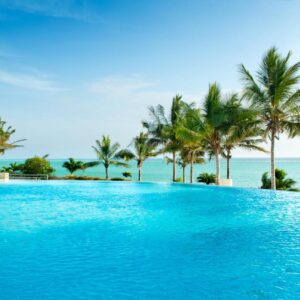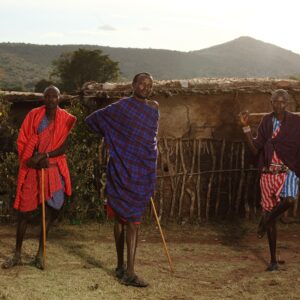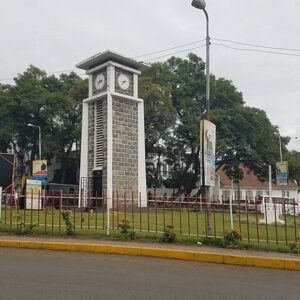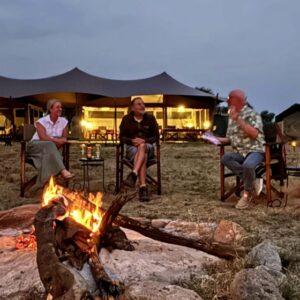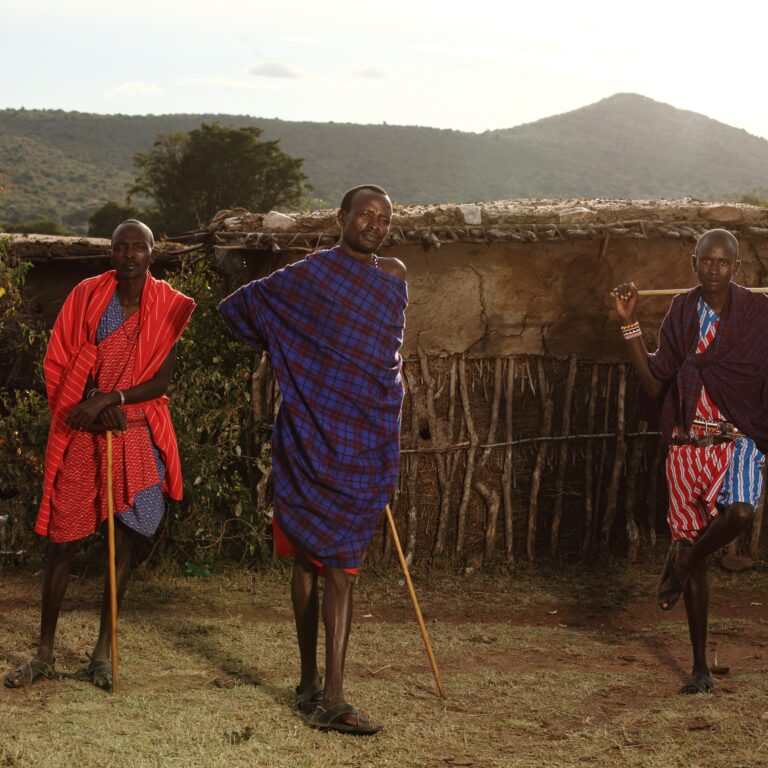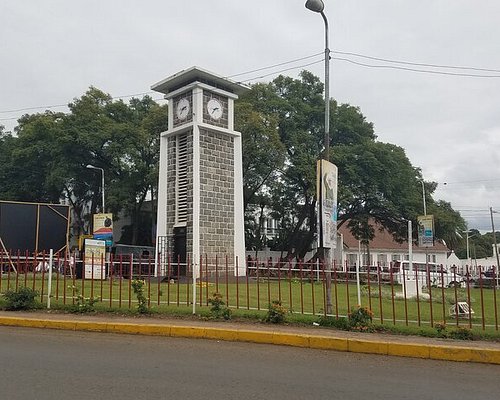Choosing the right route up Mount Kilimanjaro is one of the most critical decisions a prospective climber will make. It profoundly impacts not only your chances of summit success but also your overall experience, from the scenery you encounter to the crowds you navigate. Among the various paths to Uhuru Peak, the Lemosho and Northern Circuit routes stand out as premier options, both highly regarded for their stunning beauty and excellent acclimatization profiles.
The Northern Circuit and Lemosho routes are popular choices for climbing Mount Kilimanjaro, offering different experiences and success rates. The Northern Circuit is the longest route, known for its high summit success rate due to ample acclimatization opportunities. Lemosho, while also longer and less challenging than some shorter routes, provides a good balance of scenery and acclimatization, and is considered one of the most beautiful routes. Kilimanjaro Northern Circuit vs Lemosho. While they share a common starting point, their journeys diverge, offering distinct experiences. This article will delve into a comprehensive comparison of the Northern Circuit and Lemosho routes, helping you determine which one is your ideal path to Africa’s rooftop.
1. Lemosho Route Quick Facts
The Lemosho Route on Mount Kilimanjaro is a popular and scenic 70km (43-mile) trek, known for its diverse landscapes and high summit success rate. It’s typically completed in 7-8 days and is considered a moderate route, though it does involve significant elevation gain.
- Starting Point: Londorossi Gate (Lemosho Gate) on the western side of the mountain.
- Duration: Typically 7 or 8 days.
- Distance: Approximately 70 km (43 miles) for the 7-day, slightly longer for the 8-day.
- Difficulty: Moderate to High (due to some steep sections and altitude).
- Acclimatization: Excellent, especially on the 8-day itinerary, following a “climb high, sleep low” profile.
- Summit Success Rate: Very high (around 85-90% for 8-day).
- Scenery: Highly diverse and consistently stunning, considered one of the most beautiful routes.
- Crowds: Starts off quiet, but merges with the popular Machame Route, leading to higher traffic on the southern circuit.
- Accommodation: Tented camping throughout.
2. Description of the Routes
The Lemosho and Northern Circuit routes on Mount Kilimanjaro share the same first two days, traversing through rainforest and onto the Shira Plateau. The key difference lies in their paths afterward: Lemosho heads south along the mountain’s flanks, Kilimanjaro Northern Circuit vs Lemosho. While the Northern Circuit circles around the quieter northern slopes, offering more acclimatization time and unique scenery. Both the Lemosho and Northern Circuit routes begin on the western side of Kilimanjaro at Londorossi Gate (often referred to as Lemosho Gate). They share the initial days, trekking through lush rainforest and ascending to the expansive Shira Plateau.
Lemosho Route. After traversing the Shira Plateau, the Lemosho route turns south, joining the popular Southern Circuit. This path leads climbers past iconic landmarks such as Lava Tower, down into the dramatic Barranco Valley (requiring the famous Barranco Wall scramble), and then continues along the southern slopes to Karanga Camp and ultimately Barafu Camp for the summit push. The descent is via the Mweka Route.
Northern Circuit Route. Instead of heading south after Shira Plateau, the Northern Circuit veers left (north) and circumnavigates the entire northern face of Kibo (Kilimanjaro’s main peak) before connecting to the standard summit approach from the east. This extensive loop allows for a very gradual ascent profile and takes climbers through remote, rarely visited areas of the mountain. The descent is also via the Mweka Route.
3. Distance and Duration
The Kilimanjaro Northern Circuit route is longer and takes more time to complete than the Lemosho route. The Northern Circuit is typically a nine-day trek, covering 98 km (61 miles), while the Lemosho route is usually completed in seven or eight days, covering approximately 70 km (43.5 miles). The Northern Circuit’s longer duration, particularly, is beneficial for acclimatization, leading to a higher summit success rate Kilimanjaro Northern Circuit vs Lemosho. This is one of the most significant distinguishing factors between the two routes.
Lemosho:
7-day itinerary. Approximately 70 km (43 miles) round-trip.
8-day itinerary. Slightly longer due to an extra acclimatization day and often a slight detour. This is the highly recommended version for better acclimatization.
Northern Circuit:
Duration. Almost exclusively 9 days (some operators may offer 8 days, but 9 is standard).
Distance. At approximately 98 km (61 miles) round-trip, it is the longest route on Kilimanjaro by a considerable margin. This extended distance is a key contributor to its high success rate.
4. Steepness and Trail Difficulty
The Northern Circuit route on Kilimanjaro generally offers a more gradual ascent and a longer, less steep climb compared to the Lemosho route. While Lemosho includes the steep Barranco Wall, which requires scrambling, the Northern Circuit avoids this section entirely. Therefore, for those concerned about steepness or heights, the Northern Circuit is a better option. However, both routes are considered moderately difficult and require good physical fitness and acclimatization. Both routes are considered challenging, but their steepness profiles differ.
Lemosho. Generally offers a varied terrain. The initial days are relatively gentle through the forest. However, once it merges with the Southern Circuit, there are steeper sections, most notably the Barranco Wall. While it looks daunting, it’s a scramble (not technical climbing) that is usually managed well by most trekkers. The daily elevation gains are moderate to high, with the “climb high, sleep low” philosophy helping with acclimatization.
Northern Circuit. Arguably, the least steep of all Kilimanjaro routes in terms of average daily elevation gain. Its longer duration allows for a very gradual and consistent ascent, making it less physically taxing day-to-day than some other routes. There are no major technical sections or scrambles like the Barranco Wall.
5. Crowds
The Northern Circuit significantly less crowded than the Lemosho route on Mount Kilimanjaro. The Lemosho route is considered one of the more popular routes, while the Northern Circuit is known for its relative solitude. The number of fellow climbers you encounter can significantly impact your sense of wilderness and solitude.
Lemosho. Starts relatively quietly for the first few days as climbers traverse the western side. However, after Shira 2 Camp, it merges with the highly popular Machame Route. From Barranco Camp onwards to the summit, you will experience significantly higher crowds.
Northern Circuit. Remains one of the quietest routes on Kilimanjaro for the majority of the climb. By circumnavigating the northern slopes, it avoids the heavily trafficked southern circuit entirely until the summit approach. If solitude and a remote experience are high priorities, the Northern Circuit excels here.
6. Campsites
The Northern Circuit and Lemosho routes on Mount Kilimanjaro share the same starting point (Lemosho Gate) and initial campsites, but diverge as they progress. The Northern Circuit circles the mountain’s north side, offering more solitude and a longer acclimatization period. Kilimanjaro Northern Circuit vs Lemosho. While Lemosho joins the Machame route before ascending to the summit. Both routes utilize tented camps, meaning you will sleep in quality four-season expedition tents provided by your tour operator.
Lemosho. Campsites include Mti Mkubwa, Shira 1, Shira 2, Barranco, Karanga, and Barafu before the summit. Shira 2 is particularly known for its panoramic views.
Northern Circuit. Campsites include Mti Mkubwa, Shira 1, Shira 2, Moir Hut, Pofu Camp, Third Cave Camp, and School Hut before the summit. The unique aspect of the Northern Circuit is that it often involves descending in elevation for consecutive nights (e.g., Moir Hut to Pofu Camp to Third Cave Camp), which is incredibly beneficial for acclimatization, although it adds distance.
7. Scenery
Both the Lemosho and Northern Circuit routes offer exceptional scenery on Mount Kilimanjaro. But the Northern Circuit is generally considered to showcase more diverse and remote landscapes due to its extended route around the northern slopes. Kilimanjaro Northern Circuit vs Lemosho. While both routes traverse the same four upper ecosystems (rainforest, moorland, alpine desert, and the arctic summit), the Northern Circuit’s longer path and quieter northern side provide unique vistas and opportunities to observe wildlife. Both routes are renowned for their stunning and diverse scenery, but the Northern Circuit offers slightly more variety.
Lemosho. Considered one of the most picturesque routes. It traverses lush rainforests, the vast Shira Plateau (with its unique geological formations), and then offers dramatic views along the Southern Circuit, including the formidable Barranco Wall, and stunning vistas of Kibo.
Northern Circuit. Offers the most varied scenery of all Kilimanjaro routes as it literally circles the entire mountain. You trek through rainforest, moorland, alpine desert, and the arctic summit zone. Gaining perspectives of Kilimanjaro from all four sides. It also offers unique views of the Kenyan plains to the north.
8. Acclimatization and Summit Success Rate
The Northern Circuit route generally offers a higher summit success rate than the Lemosho route due to its longer duration and more gradual acclimatization profile. While both routes are known for good acclimatization. The Northern Circuit’s extra days spent at higher altitudes allow for better physiological adjustment to the altitude. Reducing the risk of altitude sickness and increasing the chances of reaching the summit. This is where both routes truly shine and why they are highly recommended.
Lemosho. With its 7 or, ideally, 8-day itinerary, Lemosho provides an excellent acclimatization profile. The daily ascents and descents (the “climb high, sleep low” principle) allow your body ample time to adjust to the altitude. Its 8-day variant has a very high summit success rate, typically around 85-90%.
Northern Circuit. Being the longest route (9 days standard) with the most gradual ascent and deliberate “sleep lower” opportunities, the Northern Circuit offers the best acclimatization profile on Kilimanjaro. Consequently, it boasts the highest summit success rate, often reported at 90-95% or even higher by some operators. If summit success is your absolute top priority, this route gives you the best chance.
9. Wildlife Encounters
The Lemosho and Northern Circuit routes on Mount Kilimanjaro offer distinct experiences. The Northern Circuit is known for its quieter. More secluded trek, increased wildlife viewing opportunities due to fewer climbers, and varied scenery. The Lemosho route, while also offering beautiful scenery and a gradual ascent, is a longer route known for its high summit success rates and is often chosen for its stunning views and less crowded paths. Both routes offer chances to see wildlife, particularly in the lower, forested sections.
Lemosho & Northern Circuit. Since both start on the less-traveled western side, they offer a higher chance of encountering larger wildlife in the initial rainforest and moorland zones. This can include colobus monkeys, blue monkeys, baboons, and occasionally even antelopes, buffalo, or elephants (though sightings of larger mammals are rare and should not be expected).
10. Weather Conditions
The Northern Circuit and Lemosho routes on Mount Kilimanjaro share similar weather patterns, characterized by significant temperature variations based on altitude and time of day, rather than seasonal changes. Both routes experience a range of conditions, from hot during the day to freezing at night. The summit area experiencing temperatures between -7 to -29 degrees Celsius. The weather on Kilimanjaro is highly localized and can change rapidly, regardless of the route. However, due to its northern position, the Northern Circuit might experience slightly different conditions.
Lemosho. Experience typical Kilimanjaro weather patterns – rainforest at the base, drying as you ascend, and arctic conditions near the summit. The southern side (where it joins Machame) can sometimes receive more precipitation.
Northern Circuit. The northern side of Kilimanjaro generally receives less rainfall, which can mean drier conditions on the trail for a significant portion of the route. However, extreme cold and wind on the higher slopes are still a given for both routes.
11. Our Opinion
For most climbers, both Lemosho (especially the 8-day option) and the Northern Circuit are excellent choices and vastly superior to shorter, steeper routes like Marangu or Umbwe.
Choose Lemosho (8-day) if: You prioritize consistently stunning and varied scenery, enjoy the challenge of the Barranco Wall, and are content with sharing the trail with more people on the latter half of the climb. It offers a superb balance of beauty, acclimatization, and high success rates.
Choose Northern Circuit (9-day) if. Your absolute top priority is maximizing your summit success rate, you crave solitude and remote wilderness, and you appreciate the gradual ascent and diverse perspectives of the mountain. Be prepared for the longer duration and distance.
12. Starting and Finishing Points
The Northern Circuit and Lemosho routes on Mount Kilimanjaro share the same starting point and initial days of trekking, both beginning at Londorossi Gate on the western side. However, they diverge after Shira Ridge. The Lemosho route then heads south towards Barranco Valley, while the Northern Circuit veers north, circling the mountain’s northern slopes before rejoining the Machame route for the final ascent.
Lemosho Route. Starts: Londorossi Gate (Lemosho Gate) on the western side.
Finishes. Mweka Gate on the southern side.
Northern Circuit Route:
Starts. Londorossi Gate (Lemosho Gate) on the western side (same as Lemosho).
Finishes. Mweka Gate on the southern side (same as Lemosho and Machame).
13. Map, Reviews, Photos, Packages
Maps. Detailed topographical maps of Kilimanjaro are available, and most reputable tour operators will provide route maps as part of your pre-climb briefing materials. Online resources also offer visual representations of both routes.

